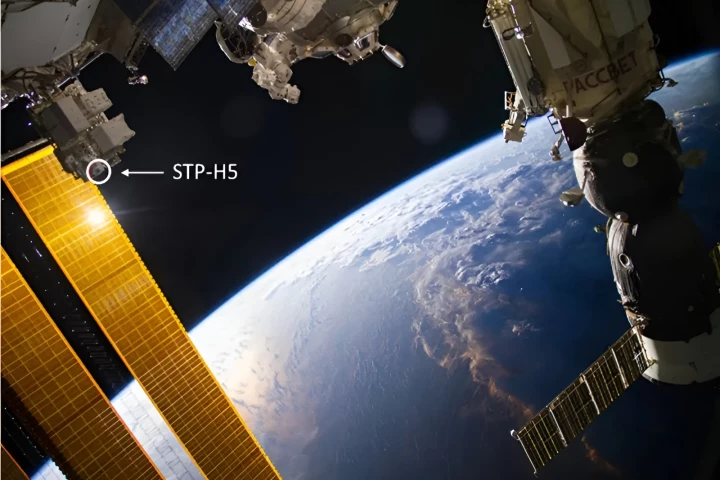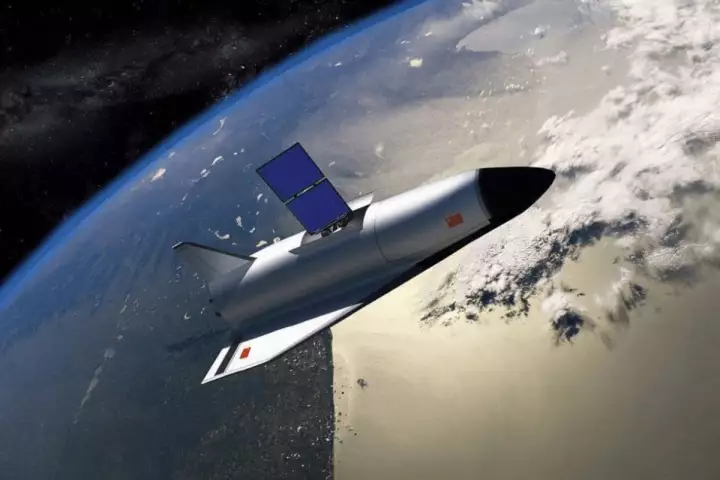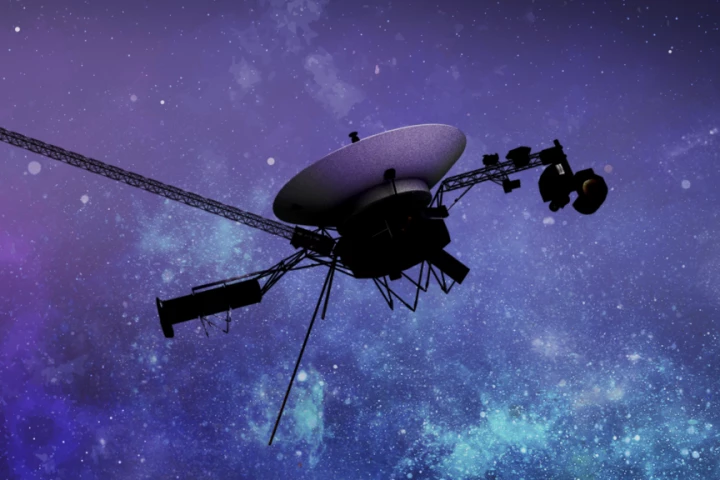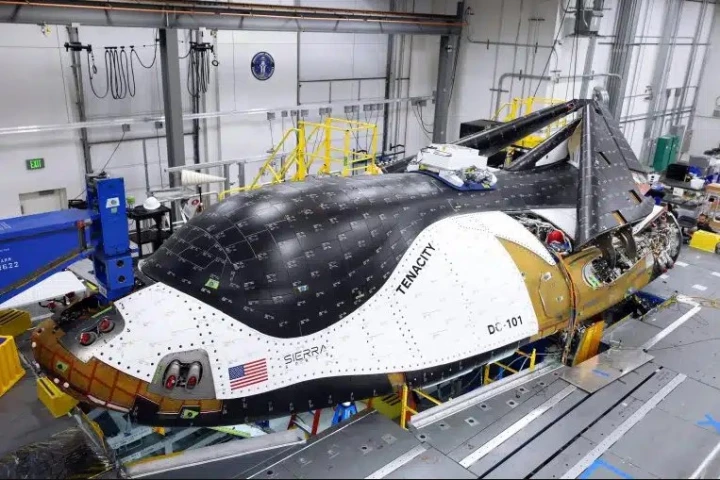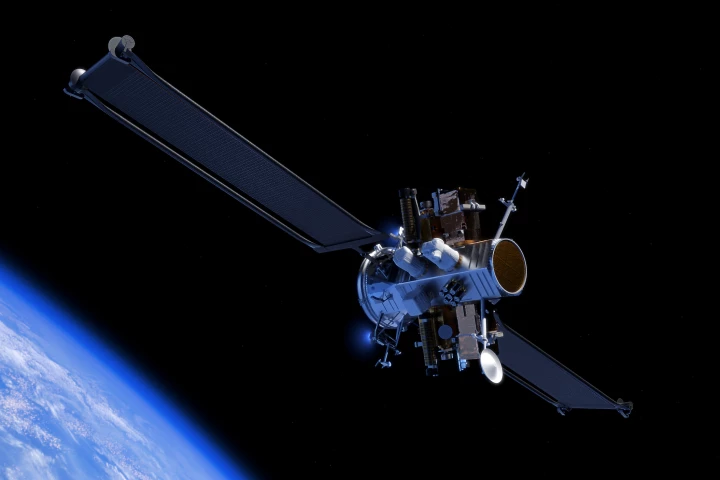Spacecraft
-
Given the fact that satellites orbit amongst one another at thousands of miles per hour, it's important to know exactly how fast they're going. A new device offers an improved way of doing so, and it's appropriately named the Spacecraft Speedometer.
-
If you've ever fancied yourself a spaceship architect that could design a vessel to carry colonists to another star system on a journey that could last for centuries, check out the Project Hyperion Design Contest, which invites teams to lay out their Generation Ship plans.
-
Oak Ridge National Laboratory and Sierra Space Corporation have developed a new heat shield based on venerable 1980s Space Shuttle technology to protect the next generation of reusable spacecraft from the deadly heat of reentry.
-
After almost five decades sailing through space, NASA is trying to squeeze a few more years out of the venerable Voyager 1 deep space probe by swapping a wonky thruster system for a disused secondary one to keep its radio antenna pointing at the Earth.
-
A somewhat scorched Chang'e-6 return craft landed in Inner Mongolia yesterday, bringing with it the first rock and dust samples from the far side of the Moon – and hopes of unlocking some lunar secrets.
-
NASA’s Psyche spacecraft, farther away than the Sun, has sent data through a laser over a record-breaking distance, and done so even faster than expected. The breakthrough could help establish high-speed communications with human colonies on Mars.
-
Rockets being passé, China is working on using an electromagnetic railgun to launch crewed spacecraft the size of a Boeing 737, weighing 50 tonnes, into orbit. This remarkably ambitious project is even more ambitious than it seems at first glance.
-
Third time's the charm! SpaceX's Starship roared into orbit today from the company's Starbase near Boca Chica, Texas. Larger and more powerful than the venerable Saturn V, the giant rocket lifted off into the history books at 8:25 am CDT.
-
NASA engineers are working to correct a new fault in one of the computers aboard the Voyager 1 deep space probe that is preventing the 46-year-old spacecraft from transmitting any scientific or engineering data back to Mission Control on Earth.
-
Sierra Space has rolled out its first Dream Chaser spaceplane, called "Tenacity," that will be used to ferry cargo to and from the International Space Station (ISS) after it is shipped to NASA’s Neil A. Armstrong Test Facility for environmental testing.
-
Blue Origin has taken the wraps off Blue Ring, its multi-orbit, multi-mission space platform that will provide a wide variety of logistical services to commercial and government customers, from medium Earth orbit to interstellar space.
-
Solar wind – charged particles from the Sun – pervades our solar system, but the exact mechanism behind it remains murky. Now ESA’s Solar Orbiter spacecraft has observed previously unknown tiny flares on the Sun’s surface spewing plasma into space.
Load More
